Chasing Clouds: Western Disturbances & Himachal’s Magic
Blogs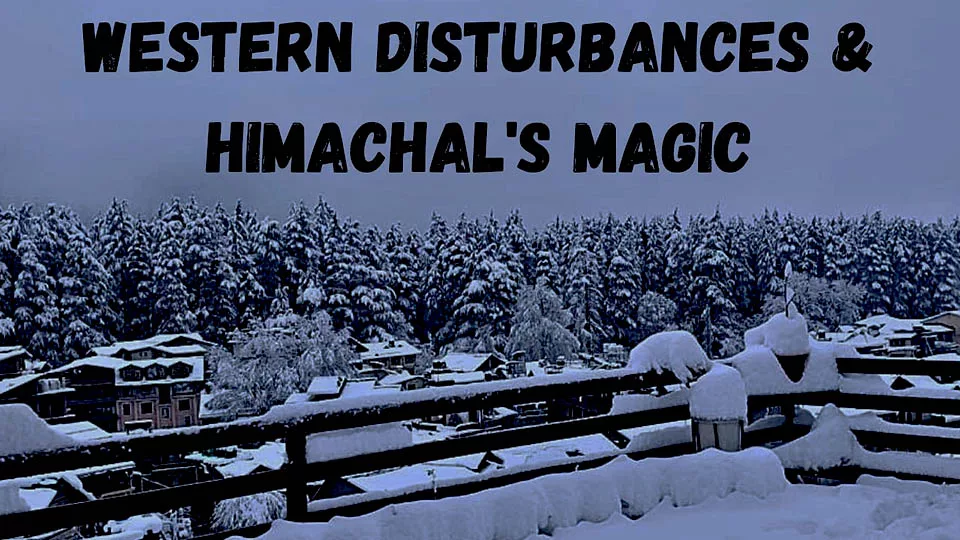
Introduction:
In the majestic landscapes of Himachal Pradesh, a region of unparalleled beauty and charm, nature often dances to the tune of Western Disturbances (WDs). These atmospheric disturbances originating from the Mediterranean region play a significant role in shaping the weather patterns across Northern India, including Himachal Pradesh. Let’s delve into the intricacies of Western Disturbances and their impact on the ‘Abode of Snow’.
What are Western Disturbances?
Western Disturbances are extratropical storm systems that form over the Mediterranean Sea and travel eastwards towards the Indian subcontinent. They carry moisture-laden air and interact with the subtropical jet stream, influencing weather conditions over vast regions, including parts of Pakistan, India, Nepal, and Bangladesh.
Dance of the Seasons in India:
Western Disturbances primarily affect India during the winter months, from November to March. These disturbances bring precipitation in the form of rain and snow, providing crucial water resources for agriculture, hydroelectric power generation, and replenishing groundwater reserves.
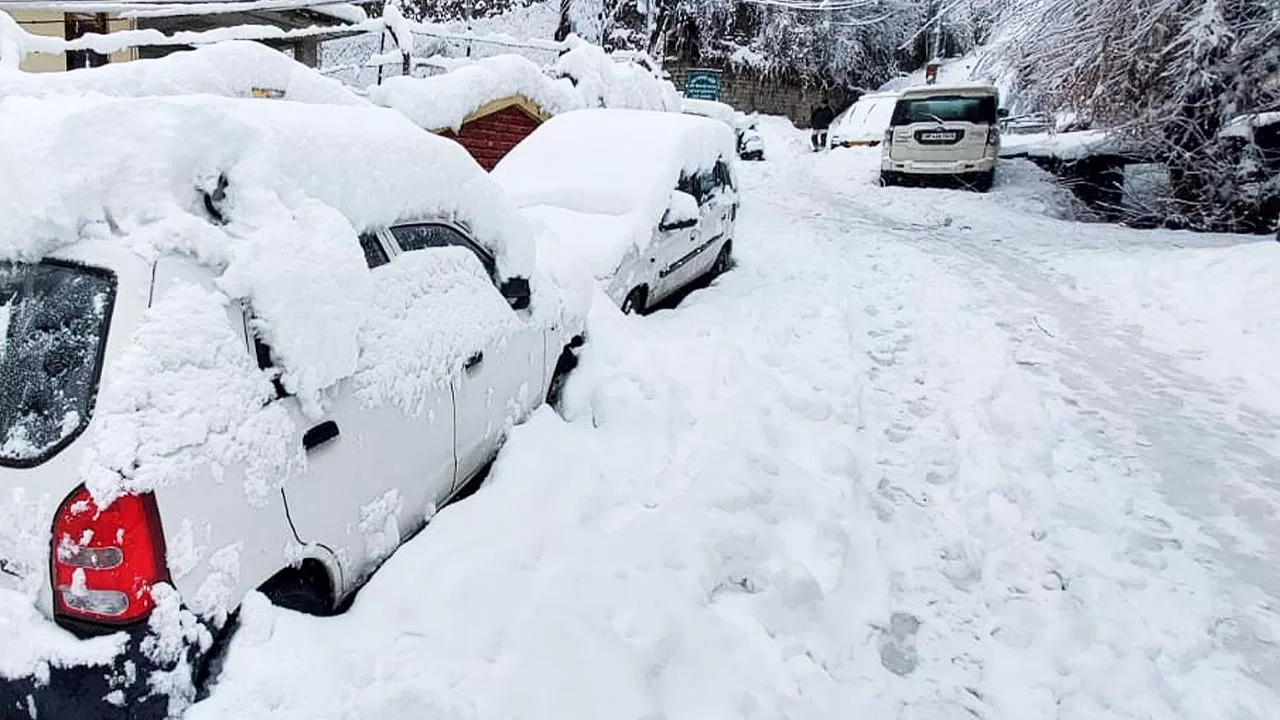
Why it is named Western Disturbances?
Western Disturbances are named so because of their origin and movement patterns. These weather systems originate from the western regions of the Earth, specifically from the Mediterranean region. As they form over the Mediterranean Sea and adjacent areas, they are referred to as Western Disturbances.
The term “disturbance” indicates the disruptive nature of these weather systems as they travel eastwards from their origin towards the Indian subcontinent and beyond. While they are called Western Disturbances in India, similar weather phenomena may be referred to by different names in other regions of the world, depending on their origin and impact.
Western Disturbances Impact on Himachal Pradesh:
Himachal Pradesh, nestled amidst the Himalayas, experiences a diverse climate owing to its varied topography. WD play a pivotal role in shaping the weather conditions across the state:

1. The Enchantment of Snowfall:
One of the most anticipated events in Himachal Pradesh is the arrival of snowfall during the winter months. WD bring heavy snowfall to higher altitudes, transforming the landscape into a winter wonderland. Snow-covered peaks attract tourists and enthusiasts alike, offering opportunities for adventure sports such as skiing and snowboarding.
2. Rain’s Embrace:
Western Disturbances also bring much-needed rainfall to the lower regions of Himachal Pradesh. This precipitation is essential for sustaining agriculture and maintaining ecological balance in the region. Farmers eagerly await the arrival of these disturbances as they bring relief from dry spells and contribute to the growth of crops.
3. A Symphony of Temperatures:
The passage of WD often results in fluctuations in temperature across Himachal Pradesh. While the higher altitudes experience freezing temperatures, the lower regions may witness milder conditions. This variability in temperature adds to the charm of the region, attracting visitors throughout the year.
4. The Call of Adventure:
Tourism in Himachal Pradesh is closely linked to the weather patterns influenced by Western Disturbances. The allure of snow-capped mountains, lush green valleys, and pristine lakes draws travelers seeking respite from the hustle and bustle of city life. The onset of WD marks the beginning of the tourist season, with visitors flocking to popular destinations like Shimla, Manali, and Dharamshala.
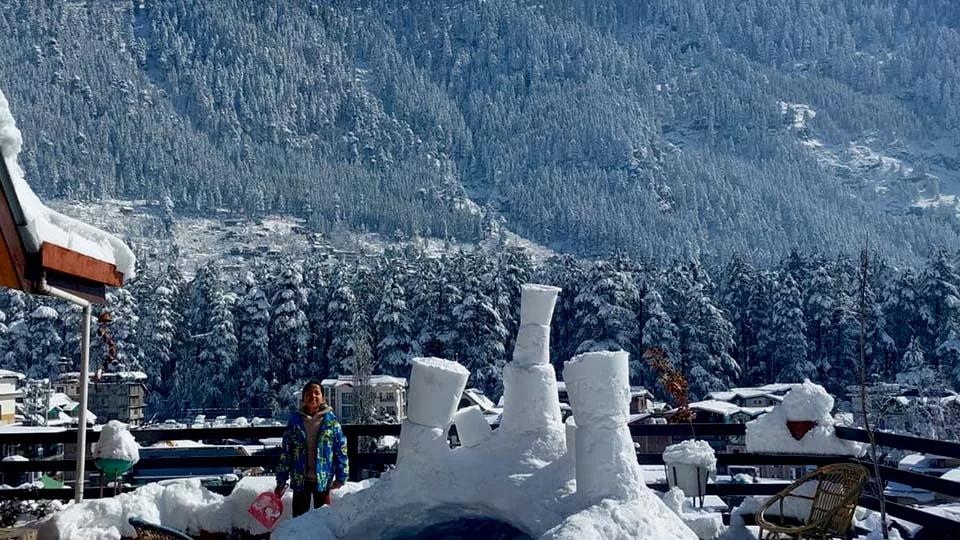
How to determine that the weather pattern in North India is caused by Western disturbances
Identifying weather patterns in North India that are influenced by Western Disturbances (WDs) involves monitoring several meteorological indicators and patterns. Here are some key observations and methods to recognize the influence of WD on weather conditions in North India:
1. Synoptic Charts Analysis:
Meteorologists use synoptic charts to track the movement of weather systems across different regions. By analyzing synoptic charts, one can identify the presence and movement of Western Disturbances over the Indian subcontinent.
2. Satellite Imagery:
Satellite imagery provides real-time visuals of weather systems, including cloud cover, atmospheric circulation, and precipitation patterns. WD often manifest as elongated bands of clouds extending from the Mediterranean region towards North India.
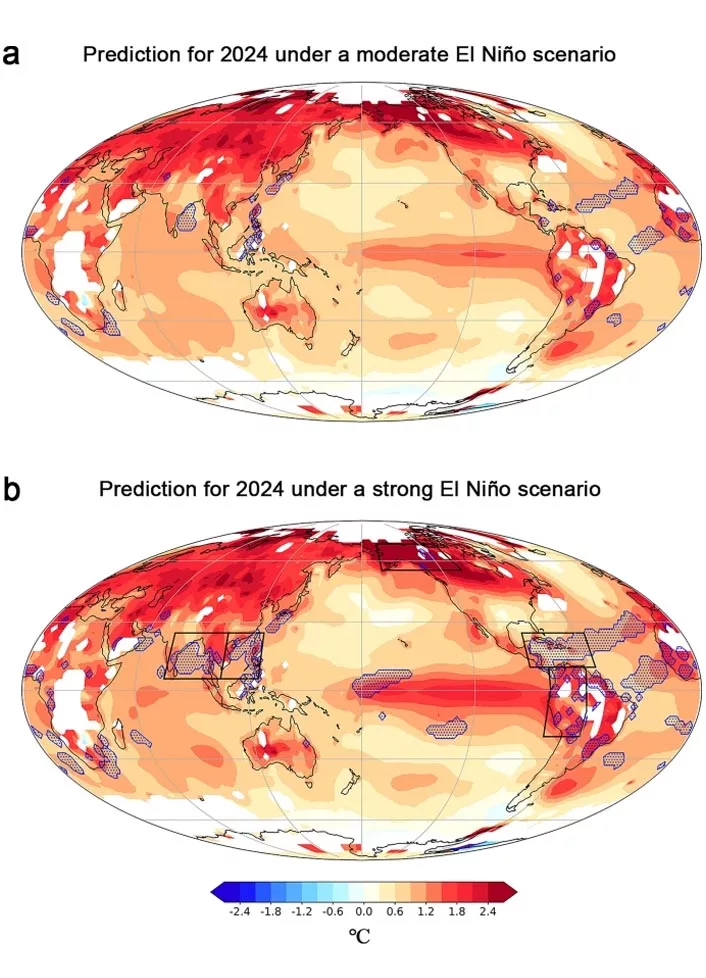
3. Meteorological Data:
Monitoring weather stations and collecting meteorological data such as temperature, humidity, pressure, and wind speed helps identify changes associated with the passage of Western Disturbances. A sudden drop in temperature, increase in humidity, and changes in wind direction are indicative of WD activity.
4. Forecast Models:
Numerical weather prediction models, such as the Global Forecast System (GFS) and the European Centre for Medium-Range Weather Forecasts (ECMWF), are valuable tools for forecasting the movement and intensity of WD. These models use complex algorithms to simulate atmospheric conditions and predict weather patterns over specific time frames.
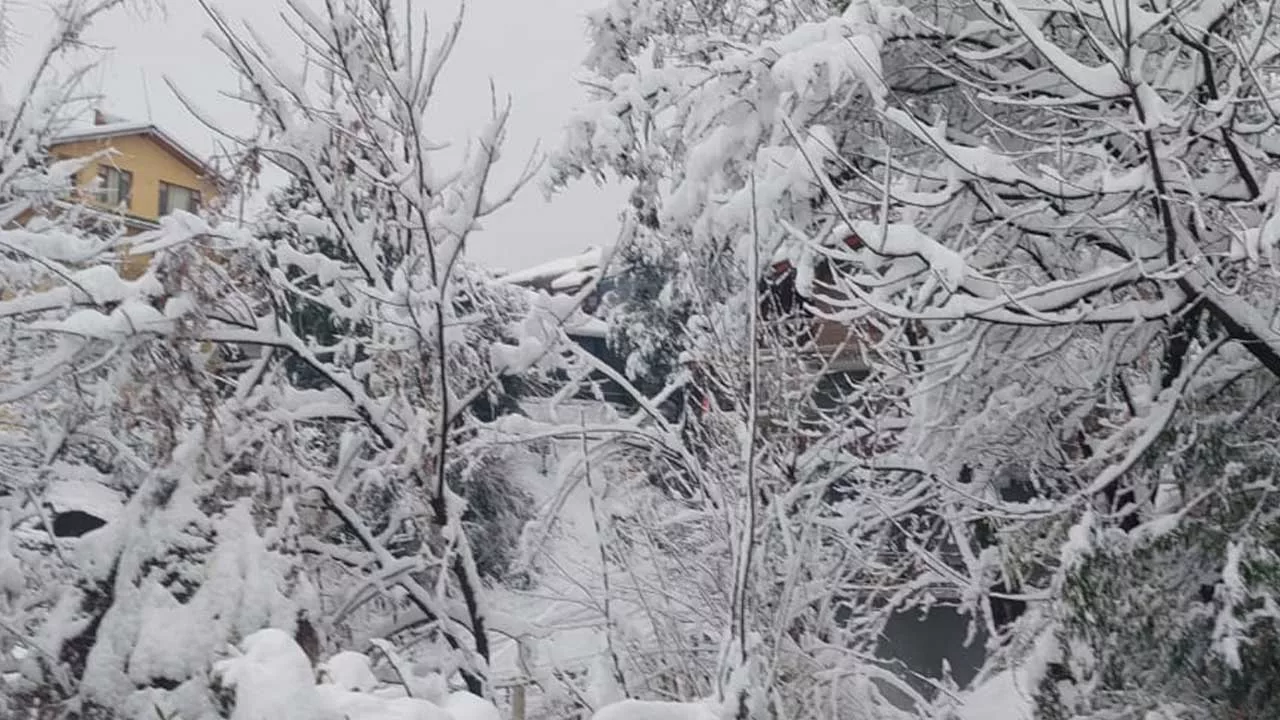
5. Precipitation Patterns:
Western Disturbances are often associated with precipitation events, including rain and snowfall, in North India. Monitoring precipitation patterns and comparing them with the timing and characteristics of Western Disturbances helps establish the correlation between the two.
6. Seasonal Trends:
Western Disturbances primarily affect North India during the winter months, from November to March. Observing seasonal trends in weather patterns can help identify periods of heightened WD activity and anticipate their impact on North Indian states, including Himachal Pradesh, Uttarakhand, Jammu and Kashmir, and parts of Punjab and Haryana.
By integrating these observations and methods, meteorologists and weather enthusiasts can effectively track and understand the influence of Western Disturbances on weather patterns in North India, enabling better preparedness and response to changing atmospheric conditions.
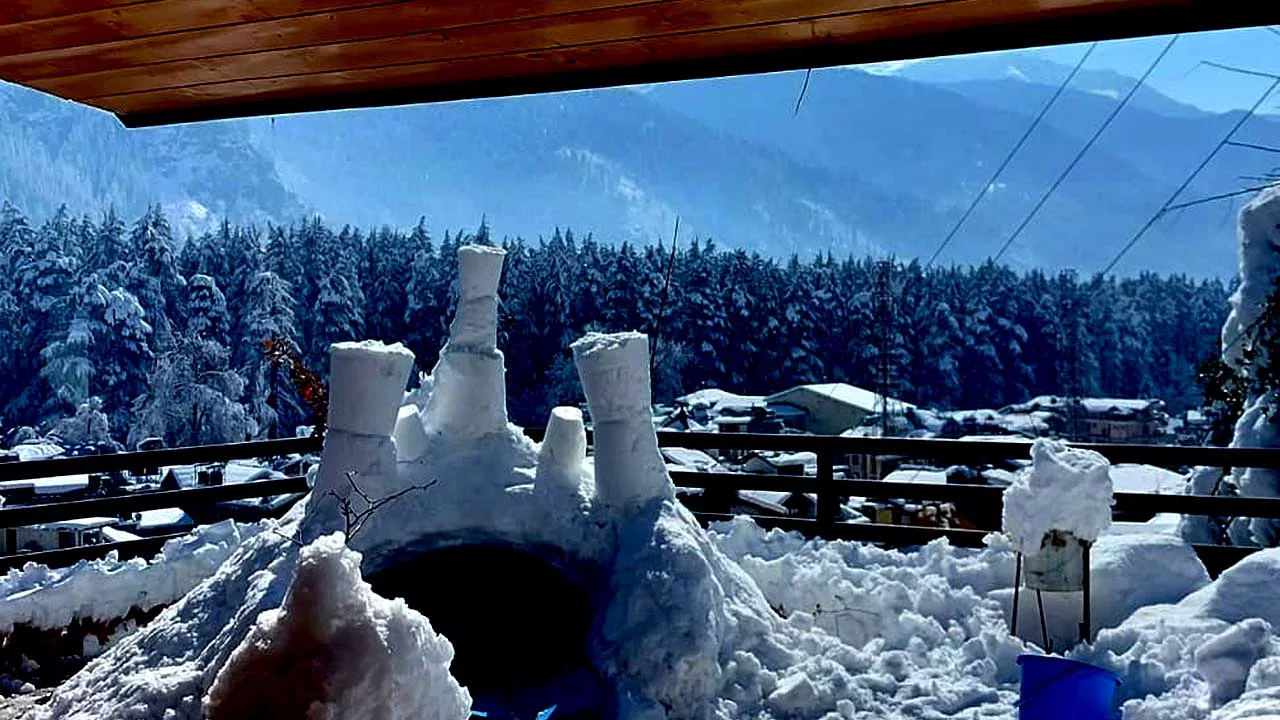
How can a layperson recognize Western disturbances in North India’s weather?
For a layperson, recognizing weather patterns influenced by Western Disturbances (WDs) in North India might not require technical expertise but rather keen observation skills and an understanding of common weather indicators. Here are some ways a layperson can determine if the weather pattern in North India is likely caused by WD:
1. Cloud Patterns:
Keep an eye on the sky and observe the formation and movement of clouds. Western Disturbances often bring in thick cloud cover, which can be seen as extensive cloud bands stretching across the sky, especially during the winter months.
2. Precipitation Events:
Western Disturbances typically result in precipitation, including rain and snowfall, depending on the altitude and temperature. If there’s sudden or prolonged rainfall or snowfall, especially during the winter season, it could be a sign of the influence of a Western Disturbance.
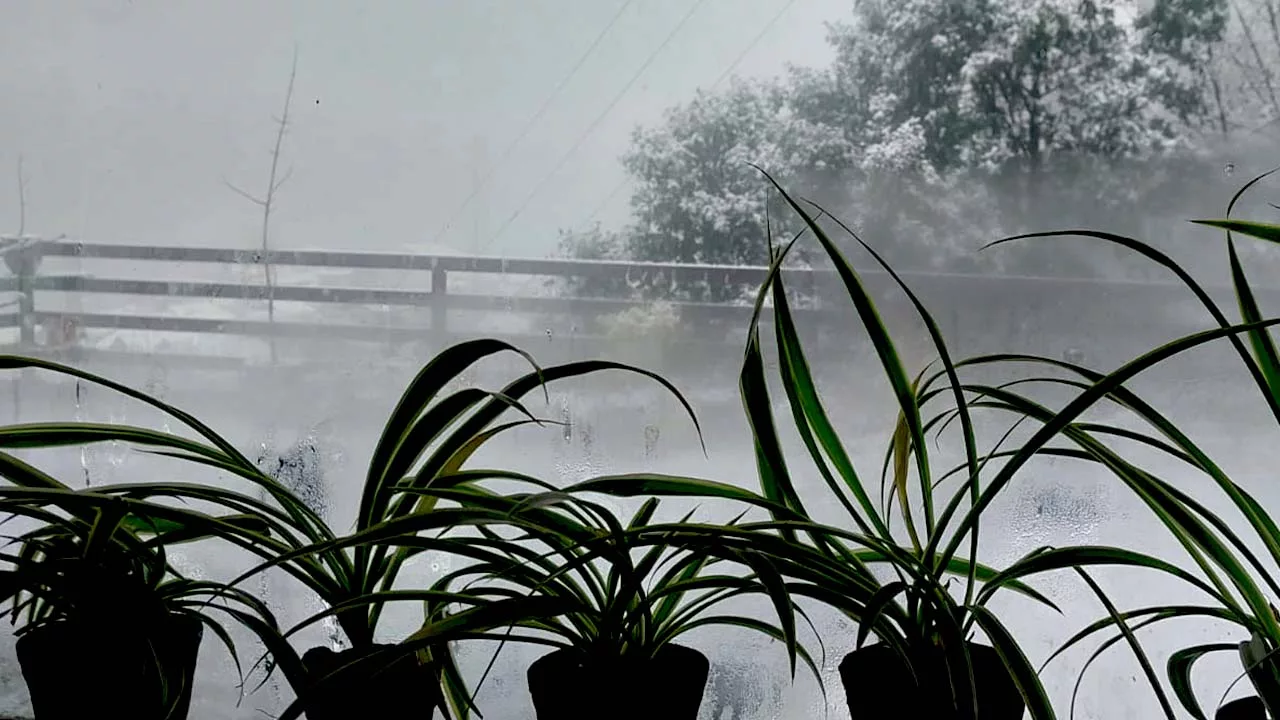
3. Temperature Fluctuations:
Notice any abrupt temperature changes. WD may cause a drop in temperature as they bring in colder air masses from the west. If there’s a sudden decrease in temperature, it could indicate the presence of a Western Disturbance.
4. Wind Direction:
Pay attention to the direction of the wind. Western Disturbances often cause changes in wind direction, typically bringing in moist air from the west or southwest. Observing shifts in wind direction can provide clues about the presence of a Western Disturbance.
5. Weather Forecasts:
Follow weather updates from reliable sources such as meteorological departments or weather apps. Weather forecasts often mention the likelihood of Western Disturbances and their expected impact on different regions. If there’s a forecast for the arrival of a WD, the current weather pattern is likely influenced by it.
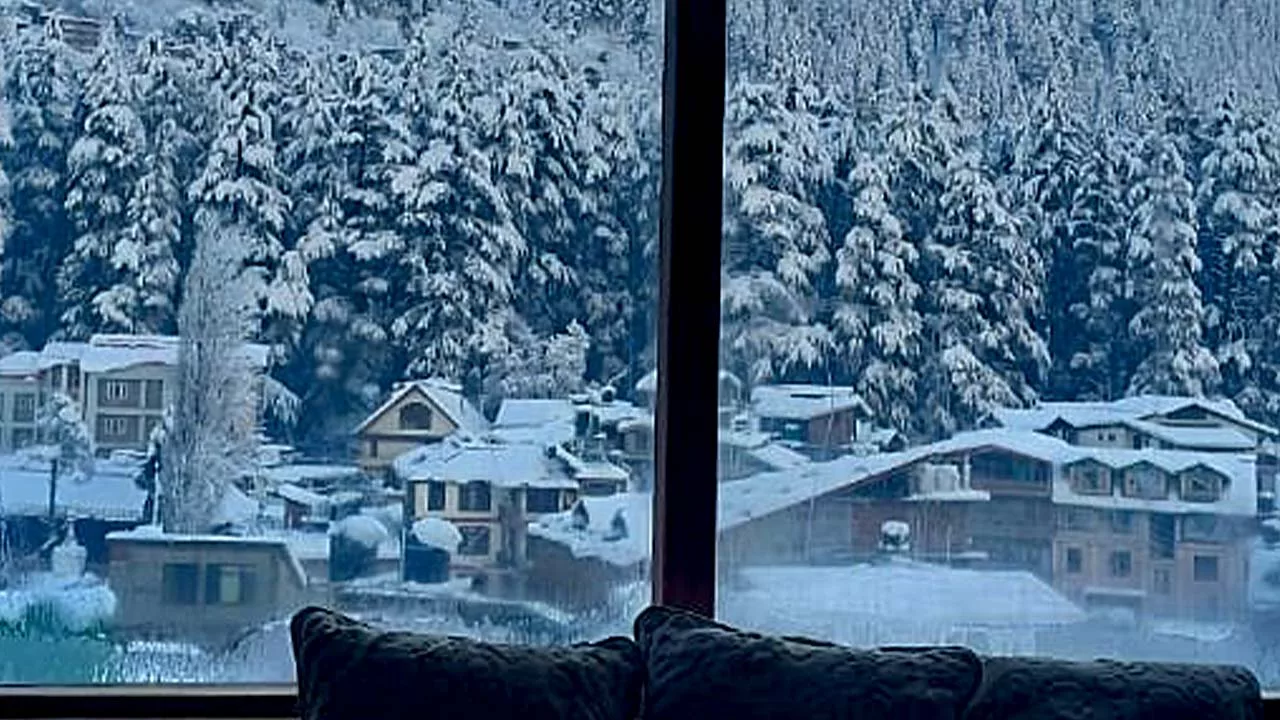
6. Observing Trends:
Learn about the seasonal weather patterns in North India. WD primarily affect the region during the winter months, so if you notice unusual weather conditions such as prolonged cold spells or heavy precipitation during this time, it could be attributed to the influence of Western Disturbances.
By being observant and attuned to these signs, even a layperson can develop a basic understanding of how Western Disturbances impact weather patterns in North India. Additionally, staying informed through weather updates and learning about local climate patterns can enhance one’s ability to recognize and interpret weather phenomena more accurately.
Conclusion:
Western Disturbances are not merely meteorological phenomena; they are an integral part of life in Himachal Pradesh and North India. Their arrival heralds a change in seasons, bringing joy to farmers, adventure enthusiasts, and nature lovers alike. As we marvel at the beauty of the snow-clad peaks and verdant landscapes, let us appreciate the role played by WD in shaping the enchanting realm of Himachal Pradesh.
Related Readings:
Nature’s Clues: A Guide to Weather Signs in the Great Outdoors